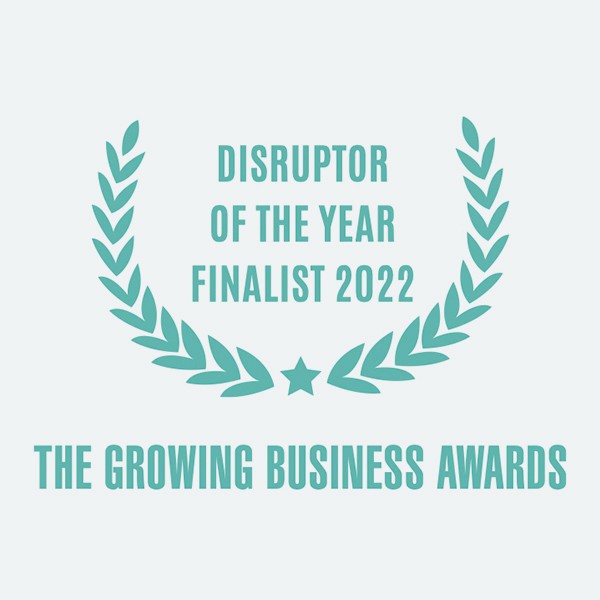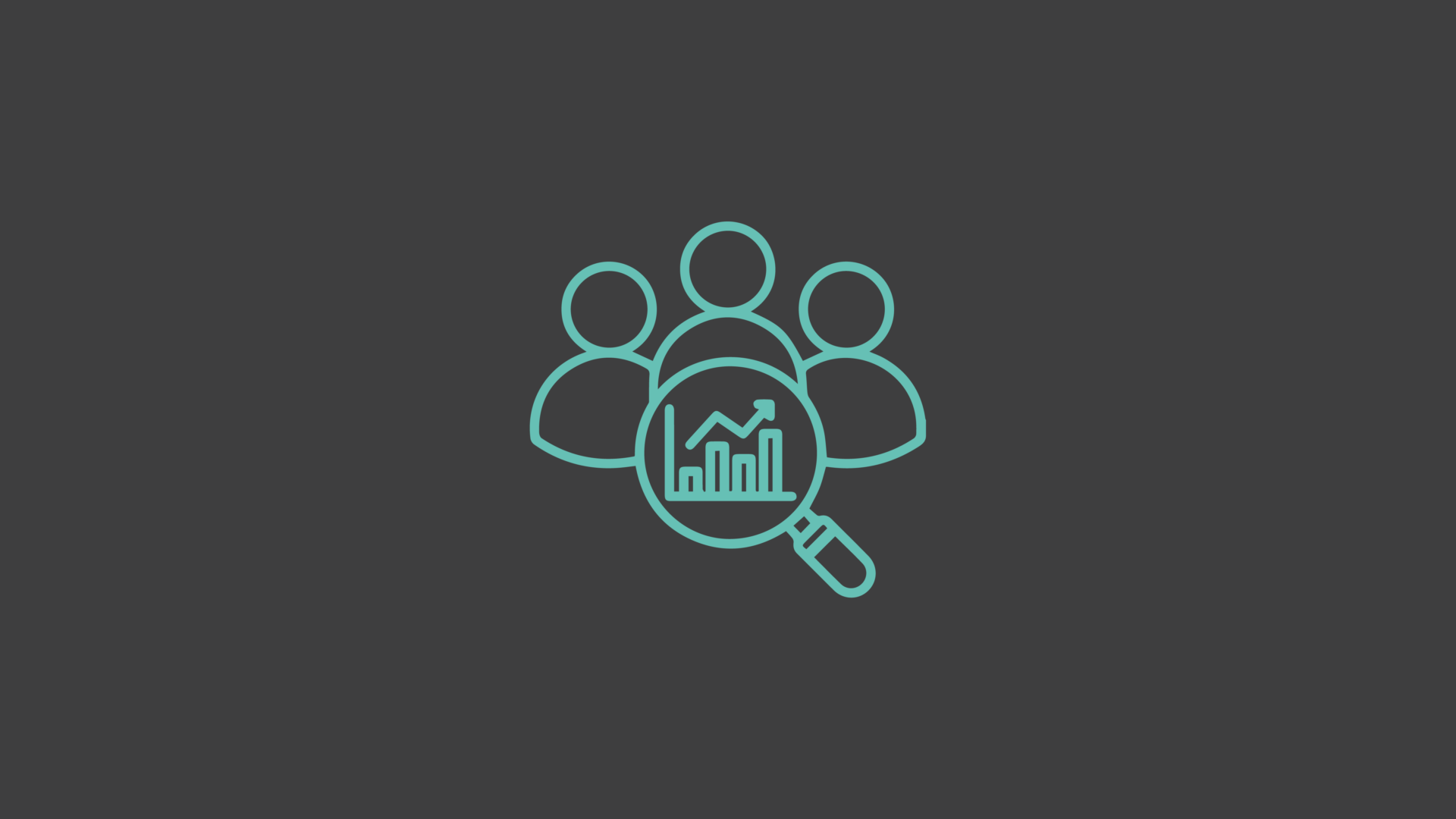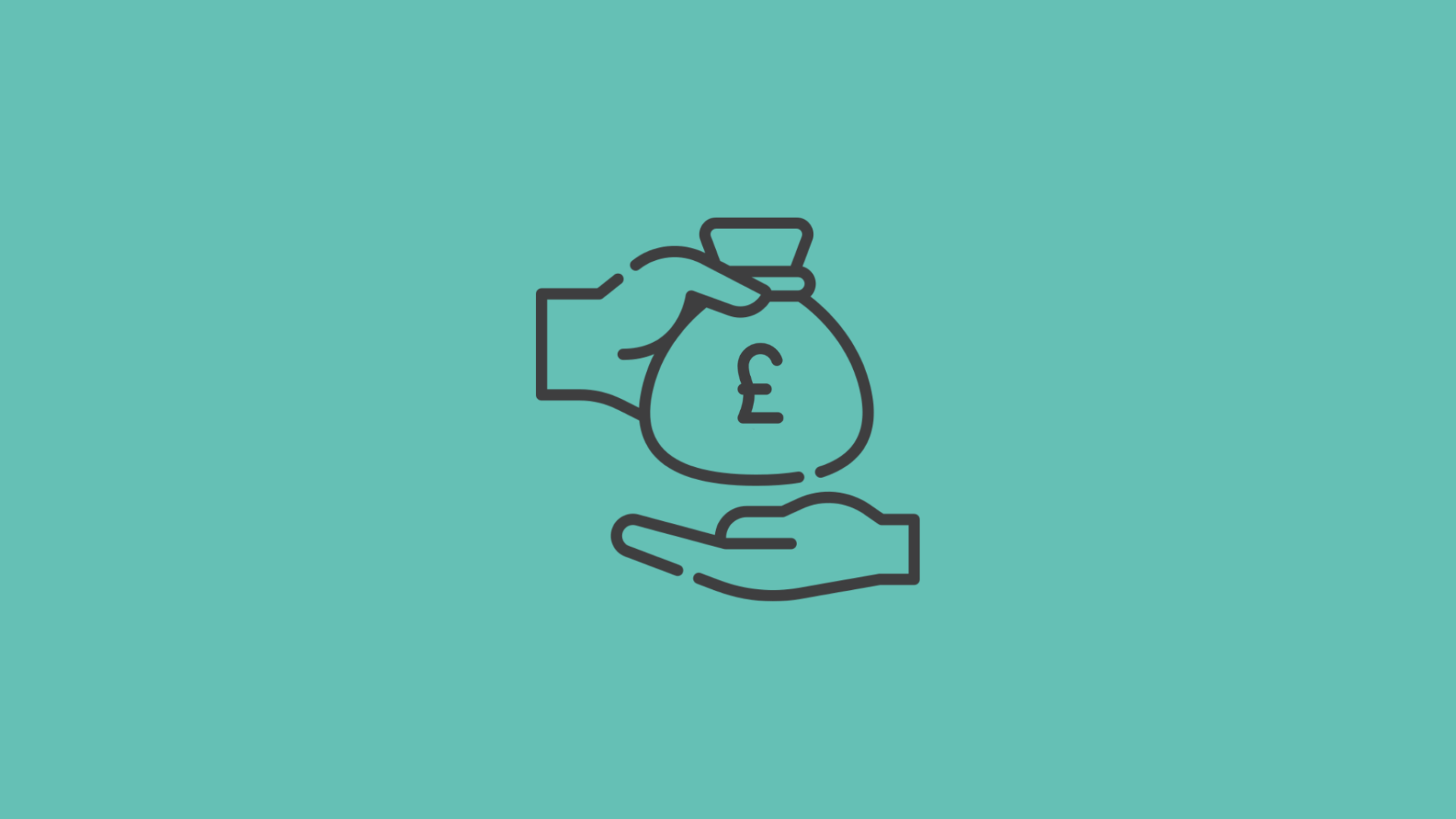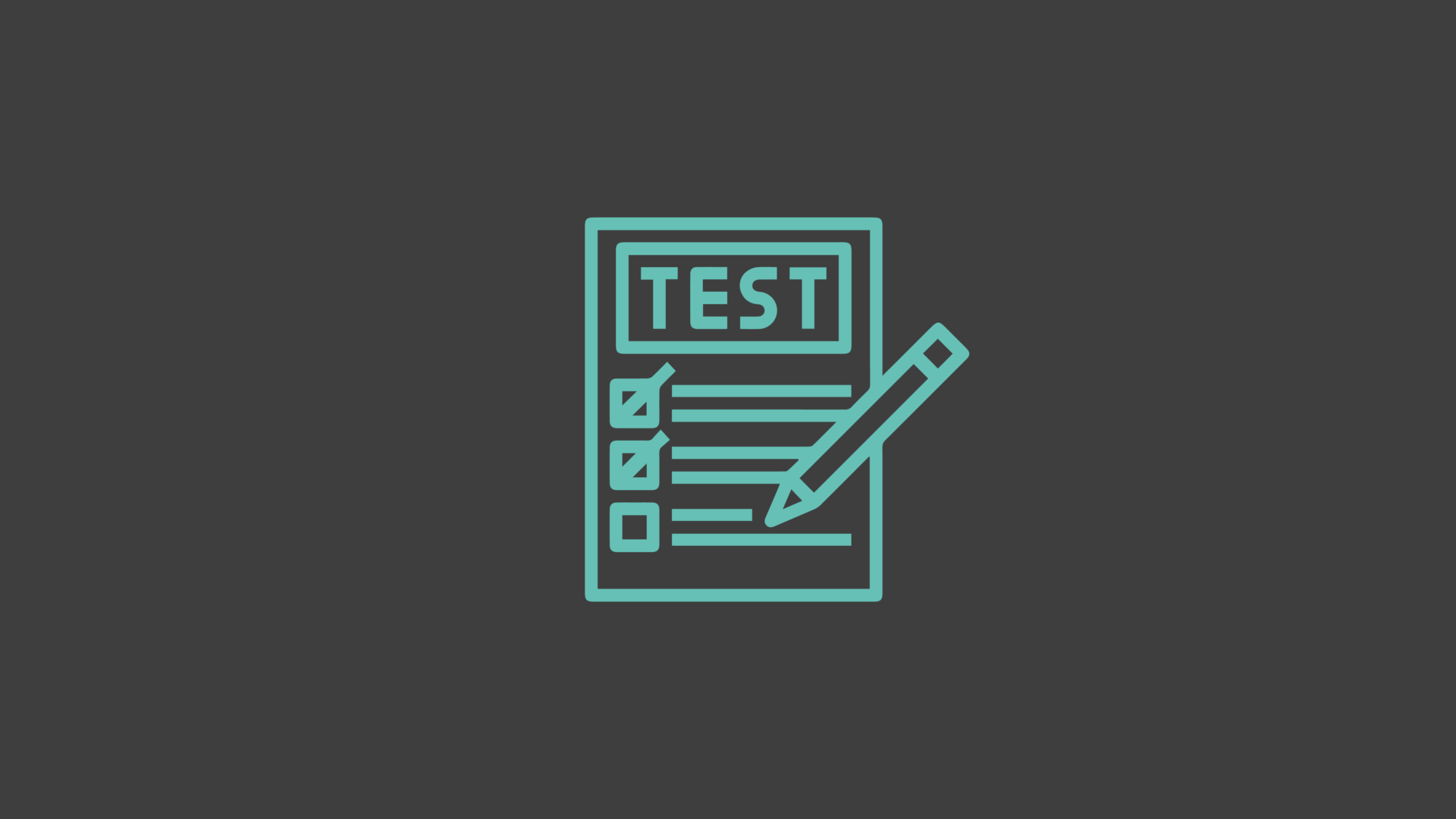

An Introduction to the Marketing Mindset
7th May 2024

Author
James Gill
Content Marketing Director, Selesti
People in business need to understand their consumer’s journey if they hope to succeed. This article explores and explains the essence of the ‘marketing mindset’ and introduces the framework of the marketing funnel (or sales funnel) to help businesspeople create marketing at every stage of the journey. By dividing the sales funnel into its core stages—awareness, research, shortlisting, conversion, and retention and advocacy—we offer a blueprint for crafting marketing strategies that resonate with consumers at each pivotal moment. This approach not only enhances engagement but also fosters a deeper connection with your audience, paving the way for a more targeted, efficient, and effective marketing campaign.
Meet the funnel: a marketing compass
The sales funnel is more than a model, it’s a reflection of the consumer’s journey, a guide that illuminates the path from initial curiosity to loyal advocacy. It represents the evolution of consumer intent, the fluctuating audience size, and the critical time frames within which these transitions occur. Understanding this journey allows marketers to craft messages that resonate deeply, ensuring that every touchpoint is an opportunity to connect and convert.
Understanding intent
Each phase of the customer journey plays a vital role in shaping a brand’s strategy and its relationship with its audience. By exploring the dynamics of awareness, research, shortlisting, conversion and retention and advocacy, we uncover the strategic imperatives for brands at each juncture. This exploration is not just about tracing the path of the consumer, it’s about understanding the why behind their every move, enabling brands to craft responses that are not only timely but resonant.
Awareness
At this initial stage, potential customers become aware of a need or desire. The audience is vast, encompassing many who may not yet be ready to make a purchase but could be persuaded with the right approach. This stage is about capturing attention and planting seeds of interest.
Research
Having acknowledged their interest or need, consumers delve deeper, seeking answers that will inform their decision-making process. They have specific queries and are evaluating the pros and cons of potential solutions. This is the moment for brands to provide valuable, detailed information that addresses these queries head-on.
Shortlist
Prospective buyers have now honed their understanding and are evaluating their options with a critical eye. They are almost as knowledgeable about the product or service as the providers themselves and are scrutinising potential suppliers to determine who can offer the best value. This stage is essential for brands to differentiate themselves from their competitors – who are all vying for that important consideration – and highlight their unique value proposition.
Conversion
This critical juncture is where decisions are made. Prospective customers are either ready to commit to a purchase or are engaging with their top choices to finalise their decision. If they choose to buy, the sale is made. However, if they’re still in dialogue, there’s an opportunity for further persuasion, often resting on the quality of customer service provided.
Retention and advocacy
The journey doesn’t end with a purchase. A positive post-purchase experience can lead to repeat business and, importantly, customer advocacy. Satisfied customers may not only return but also recommend the brand to others, driven by their exceptional experience. This stage underscores the importance of exceeding customer expectations to foster loyalty and encourage word-of-mouth promotion.
Your unique journey
While there are commonalities in the buying journey across different products and services, each business will encounter unique variations in this journey. More importantly, every individual customer’s journey is distinct, and influenced by their personal values, priorities, and experiences. Understanding your specific product or service’s buying journey from your customers’ perspective is essential. It requires considering how this journey might vary among different customer profiles, enabling a more tailored and effective marketing approach.
Navigating timeframes within the sales funnel
The journey through the sales funnel is not a sprint; it’s a marathon, with each leg of the race varying in distance depending on the product or service in question. Understanding the duration of the overall journey, as well as the individual stages within it, is important for crafting a marketing strategy that resonates with your audience at precisely the right moments.
The varied length of the journey
Each buying journey is unique, with some sprinting to the finish line and others taking a more scenic route. The length of this journey is influenced by numerous factors, including the complexity of the product, the level of investment required, and the consumer’s prior knowledge or experience. Similarly, each stage within the funnel can differ in duration. While some consumers may swiftly move from awareness to research, others may linger in the consideration phase, weighing their options carefully.
Understanding timeframes and intent
Grasping the nuances of these timeframes, alongside the intent at each stage, allows marketers to align their communications with the customer’s current state of mind. This alignment is not just about being present; it’s about being relevant and resonant. An empathetic understanding of where your customers are in their journey enables you to deliver messages that speak directly to their needs and concerns at that specific moment.
Timing your communications
With a deep understanding of the journey’s timeframes, marketers can anticipate when a consumer is ready to transition to the next stage. This foresight is invaluable, enabling you to time your communications with precision. Whether it’s nurturing leads with informative content during the research phase or offering incentives to spur decision-making in the conversion stage, timing can significantly impact the effectiveness of your efforts.
Forecasting revenue outputs
Beyond improving engagement and conversion rates, a mastery of timeframes within the sales funnel allows for more accurate forecasting of revenue outputs. By identifying how long customers typically spend at each stage of the funnel, you can predict when the efforts initiated at the top of the funnel will begin to bear fruit. For those who revel in data and analysis, this insight offers a powerful tool for measuring ROI and adjusting strategies accordingly.
Strategy: aligning with audience needs and behaviours
The cornerstone of any successful marketing campaign lies in a deep, empathetic understanding of who your audience is, what they desire, and how they navigate the buying process. This section explains the strategic foundation required to achieve that alignment.
Here are some tips for developing your strategy:
Profiling through data and research
Understanding your audience begins with comprehensive profiling, utilising a blend of data analytics, market research, Mosaic segmentation, social listening, and customer surveys. This multifaceted approach provides a nuanced view of your target demographic, including their preferences, behaviours and purchasing patterns. By analysing this data, marketers can identify specific needs and tailor their strategies to meet these requirements effectively.
Length of funnel
Recognizing the length of the sales funnel for your product or service is essential. It influences the timing and nature of your communications. A longer funnel, typical for high-involvement purchases like homes or cars, requires sustained engagement strategies. Conversely, a shorter funnel, common in impulse buys, demands tactics that capitalise on immediate decision-making triggers.
Need for information
Each stage of the funnel presents a unique information requirement from the audience. Early stages may necessitate broad awareness and educational content, while deeper into the funnel, detailed comparisons and specifications become more relevant. Understanding these needs allows for the creation of content that resonates and assists in the consumer’s journey.
Channel preferences
Knowing where your audience spends their time, both online and offline, is pivotal. This insight ensures that your marketing efforts are concentrated on the channels most likely to reach and engage your target demographic effectively. Whether through social media platforms, search engines, email, traditional media, or in-person events, aligning your presence with your audience’s preferences maximises impact.
Impact on strategy
These insights collectively inform a strategic approach that is both targeted and flexible. By understanding the audience’s needs, behaviours, and preferences, marketers can craft campaigns that not only reach but also resonate with potential customers at every stage of the buying journey.
Tactics: Mapping channels to the funnel
The strategic insights into audience needs and behaviours should naturally flow into a tactical plan that maps the most effective channels to each stage of the sales funnel.
Tactics might include:
- Social media
- Podcasts
- Video
- Website
- Email/CRM
By strategically deploying these channels in alignment with the stages of the sales funnel, marketers can create a cohesive journey that not only reaches the target audience but also resonates with them, driving engagement and ultimately, conversions. This tactical approach ensures that every touchpoint is an opportunity to deepen the relationship with the consumer, guiding them smoothly from initial awareness to loyalty advocacy.
KPIs and measurement: tracking success across the funnel
By aligning strategies and tactics with detailed audience insights and measuring success with stage-specific KPIs, marketers can create more effective and efficient campaigns that resonate with their target audience throughout their buying journey. For example:
- Awareness stage: Focus on reach, impressions, and engagement metrics. Social media followers, website traffic, and brand mentions can indicate success at this stage.
- Consideration stage: Here, the quality of engagement matters. Track time on site, page views, and content interaction. Lead generation metrics, such as email sign-ups and content downloads, are also key.
- Conversion stage: Conversion rates are paramount, alongside sales metrics and ROI. Measure the effectiveness of specific calls-to-action and the overall efficiency of your sales funnel.
- Retention stage: Customer satisfaction scores, repeat purchase rates, and loyalty program engagement offer insights into success post-purchase. Advocacy can be measured through referral rates and social sharing metrics.
Summary
But all of this is just the beginning. The real magic happens when we start to view this funnel not as a linear path but as a cyclical journey that continuously evolves with each interaction we have with our audience. As we’ve explored the strategic alignment with audience needs and the tactical deployment across various channels, it’s clear that the traditional funnel model is expanding. It’s becoming more of a spiral, where post-purchase engagement and advocacy feed back into the awareness stage for others, creating a self-sustaining cycle of engagement and conversion.
This evolving model underscores the importance of not just reaching but genuinely connecting with our audience at every stage of their journey. It highlights a new point: the necessity of creating a marketing ecosystem where each channel and tactic is not just a standalone entity but a connected thread in a larger tapestry. In this ecosystem, every piece of content, every social media post, and every email is an opportunity to add value, build relationships, and foster a community around your brand.
Get in touch with Selesti to ensure that your marketing funnel, strategy and tactics are aligned for success!
UP NEXT:
How Do I Test By Business Concept
The Pitfalls Of Undercutting In Your Startup Pricing Strategy
Exploring The Mind Of A Founder: Why Investors Want To Understand Your Strategic Thinking
Keep up to date with what we’re up to via email






Copyright ©Robot Mascot Ltd. All rights reserved.







